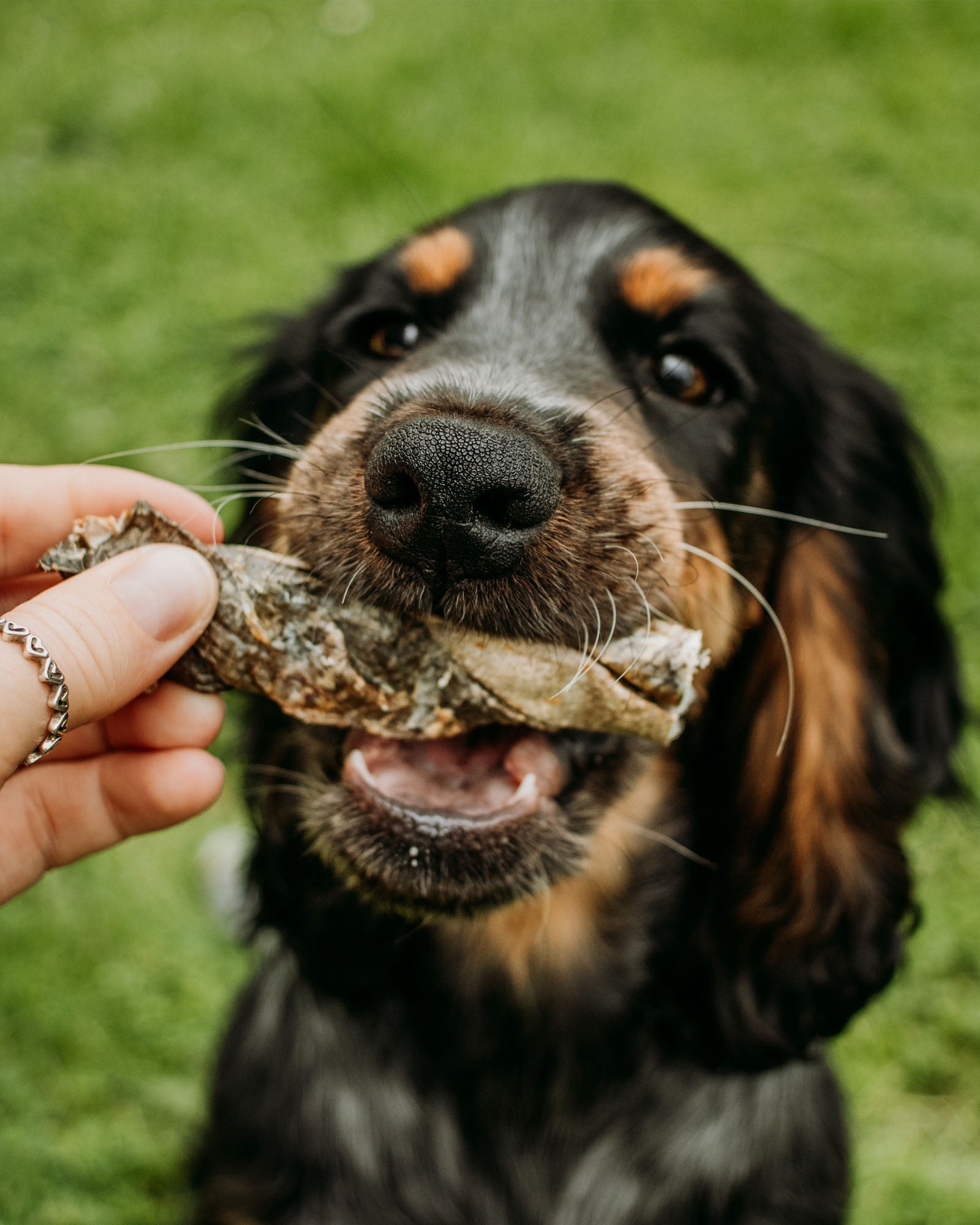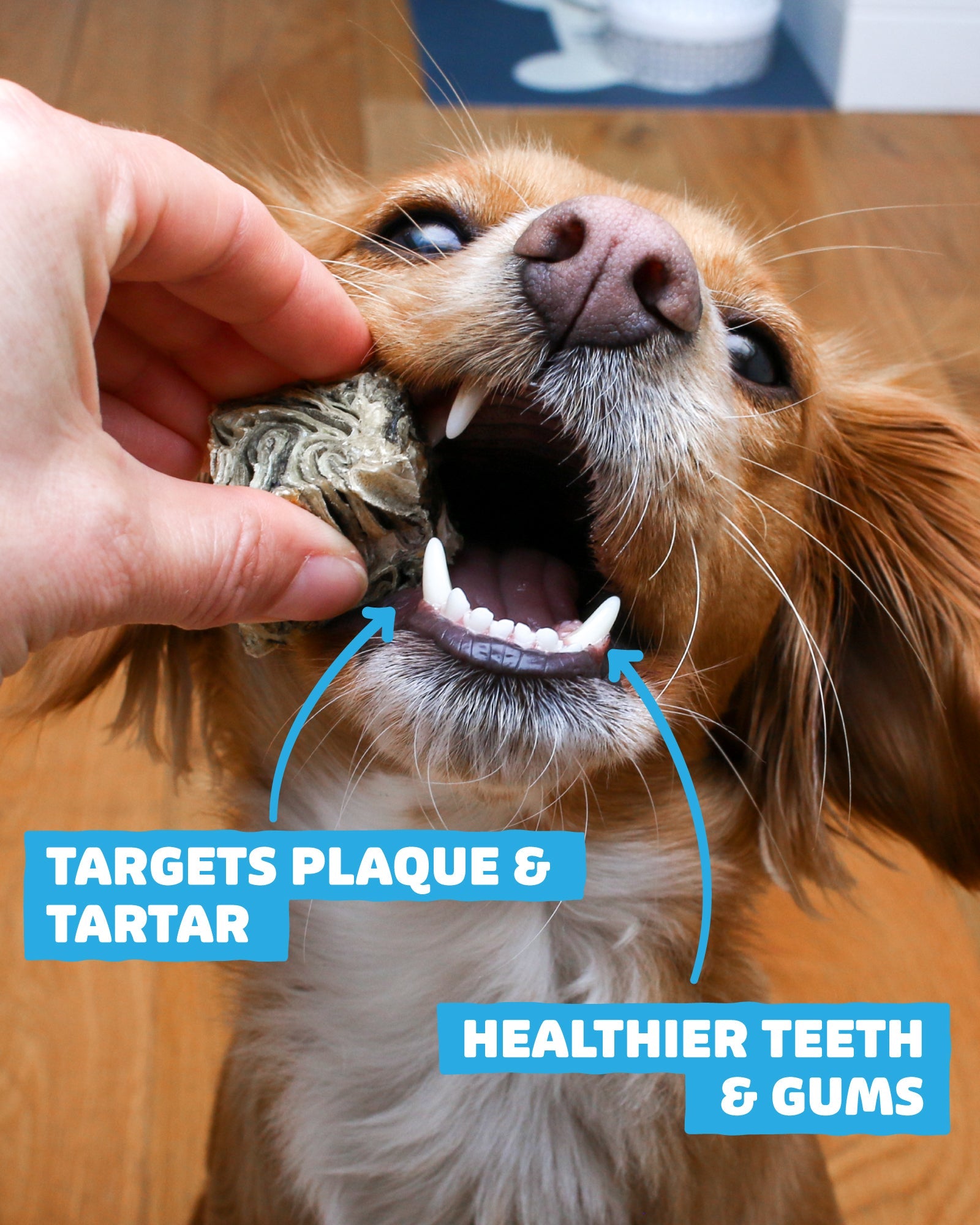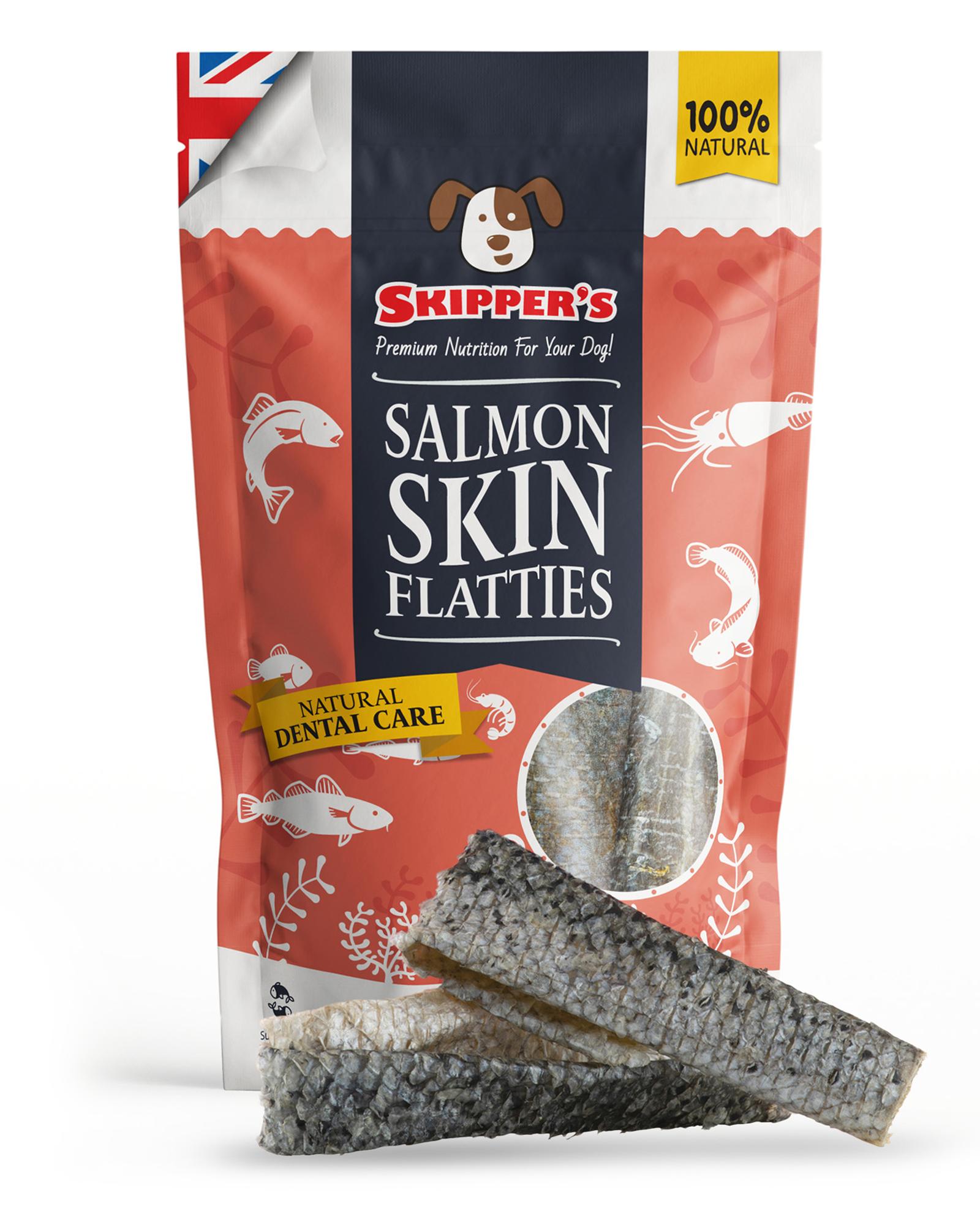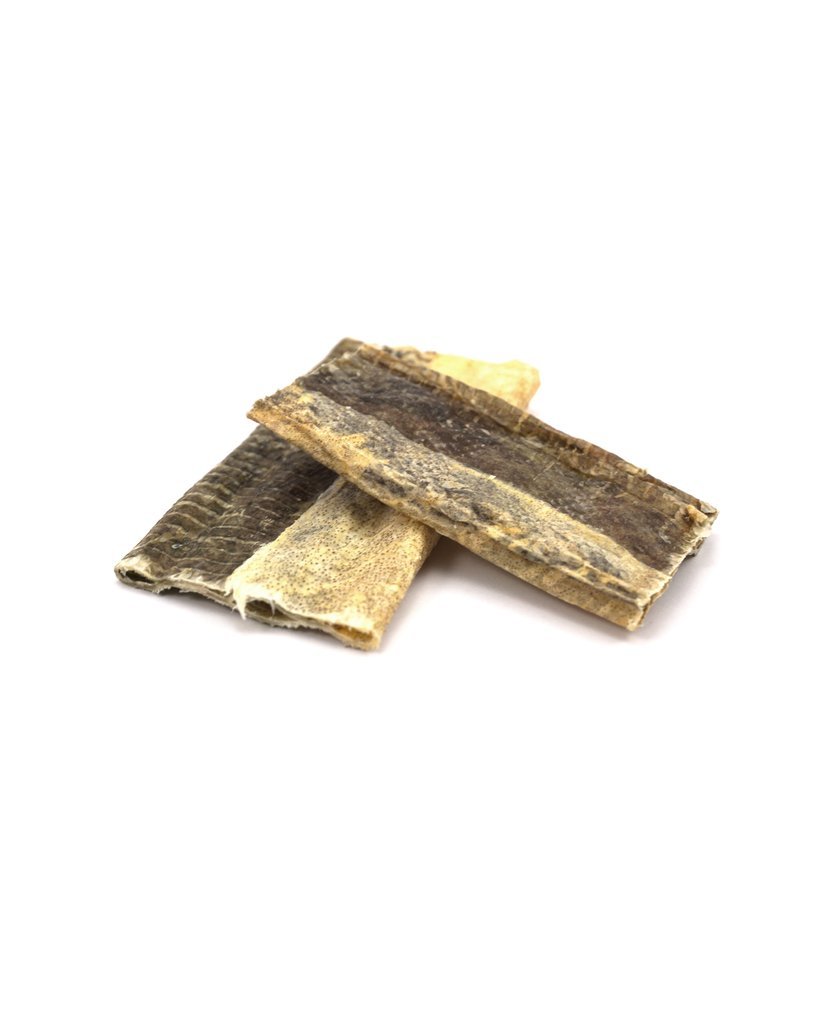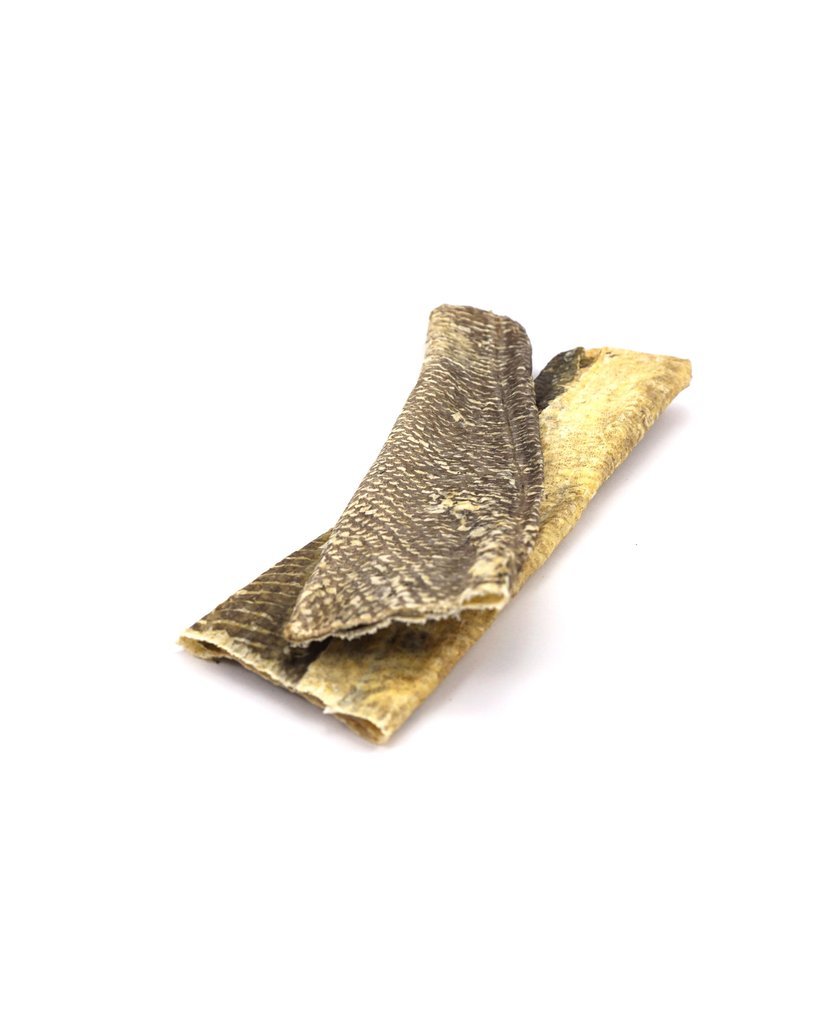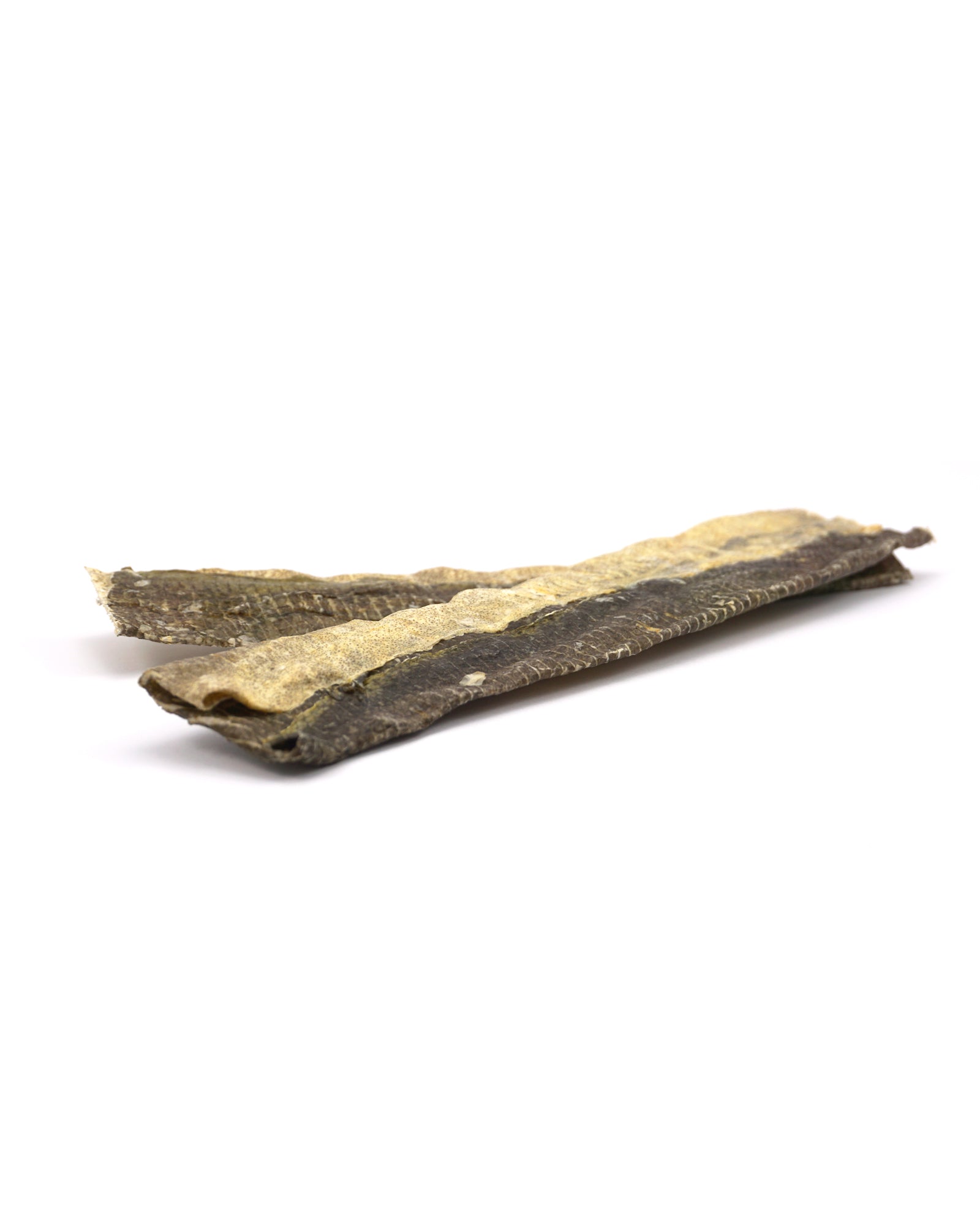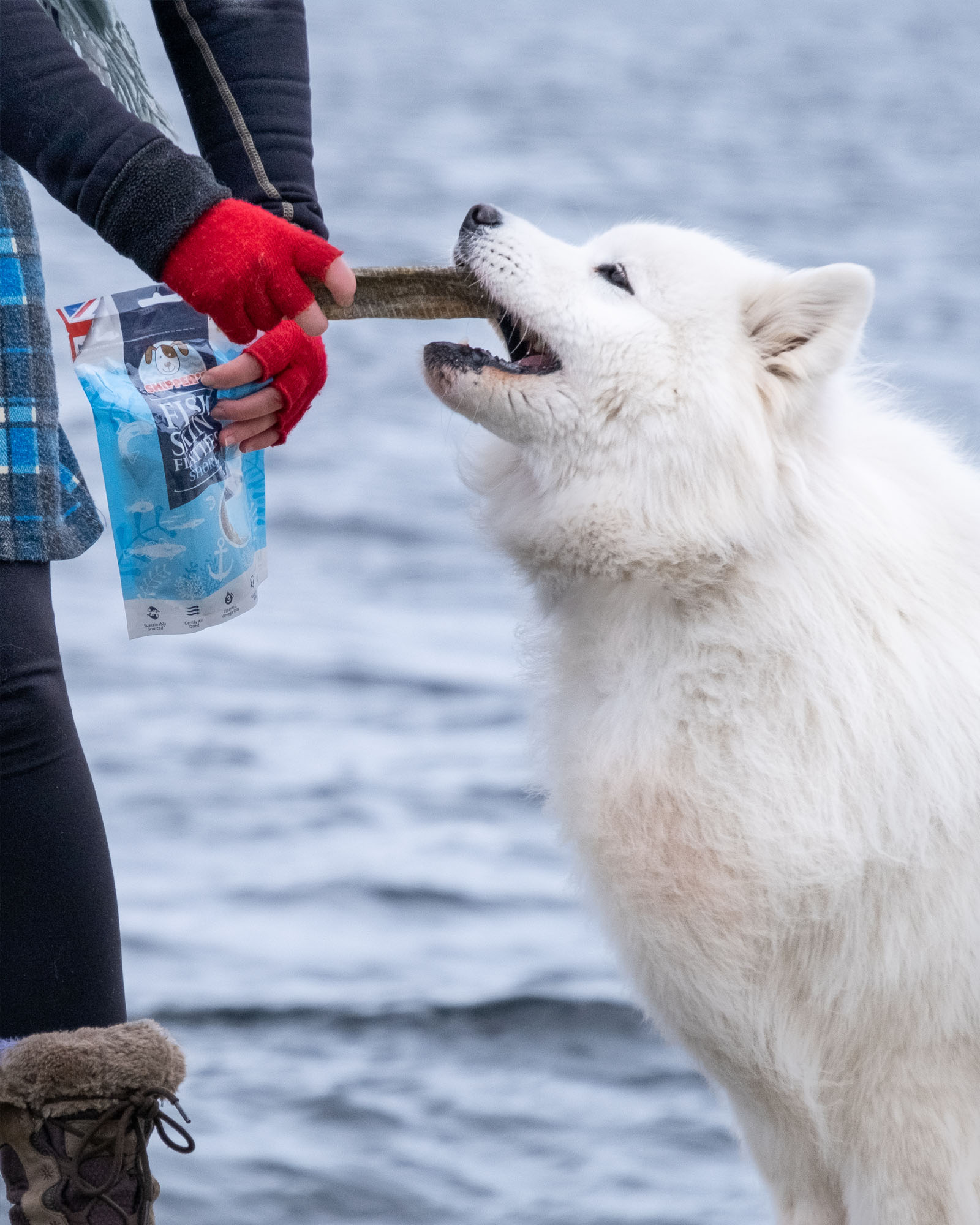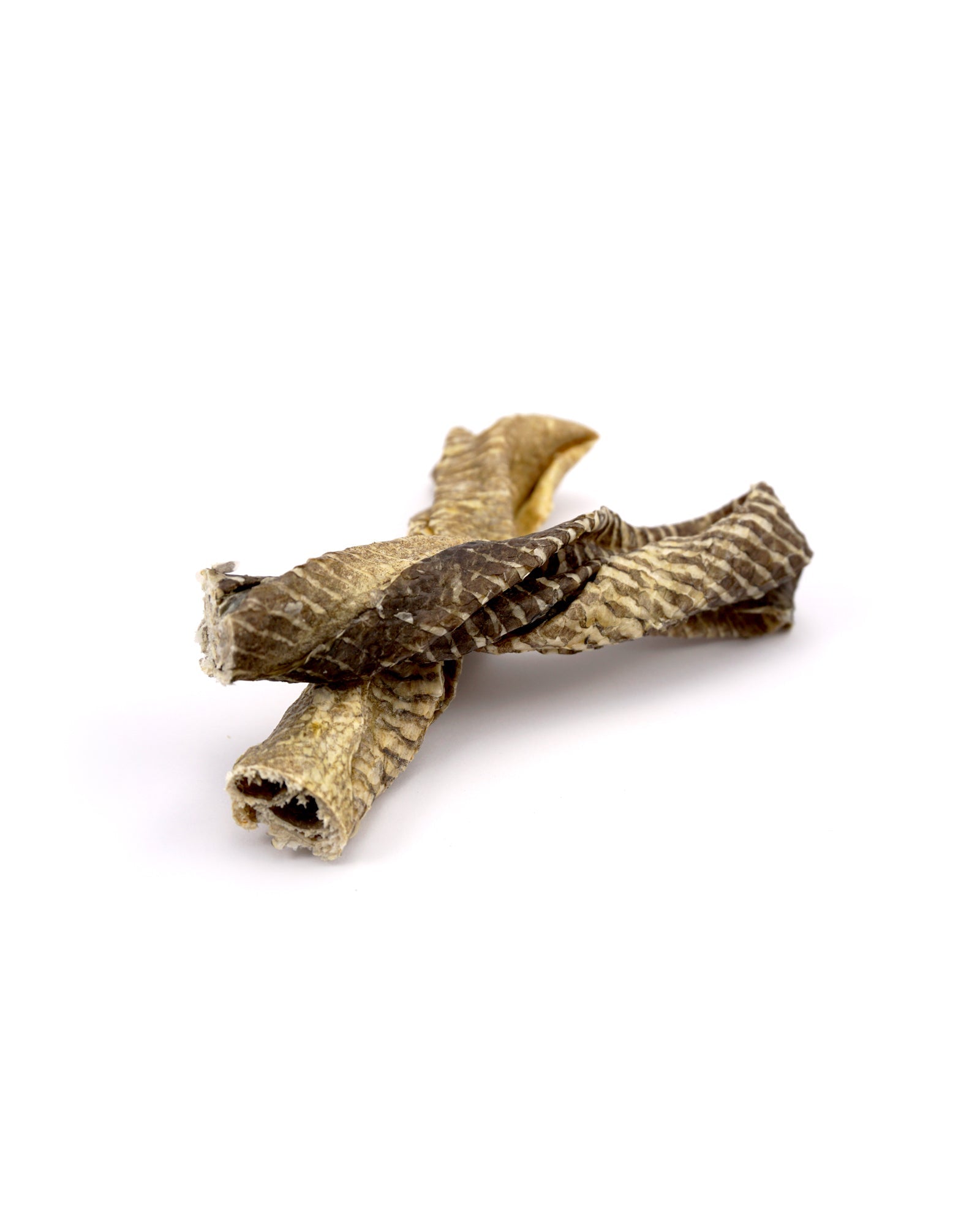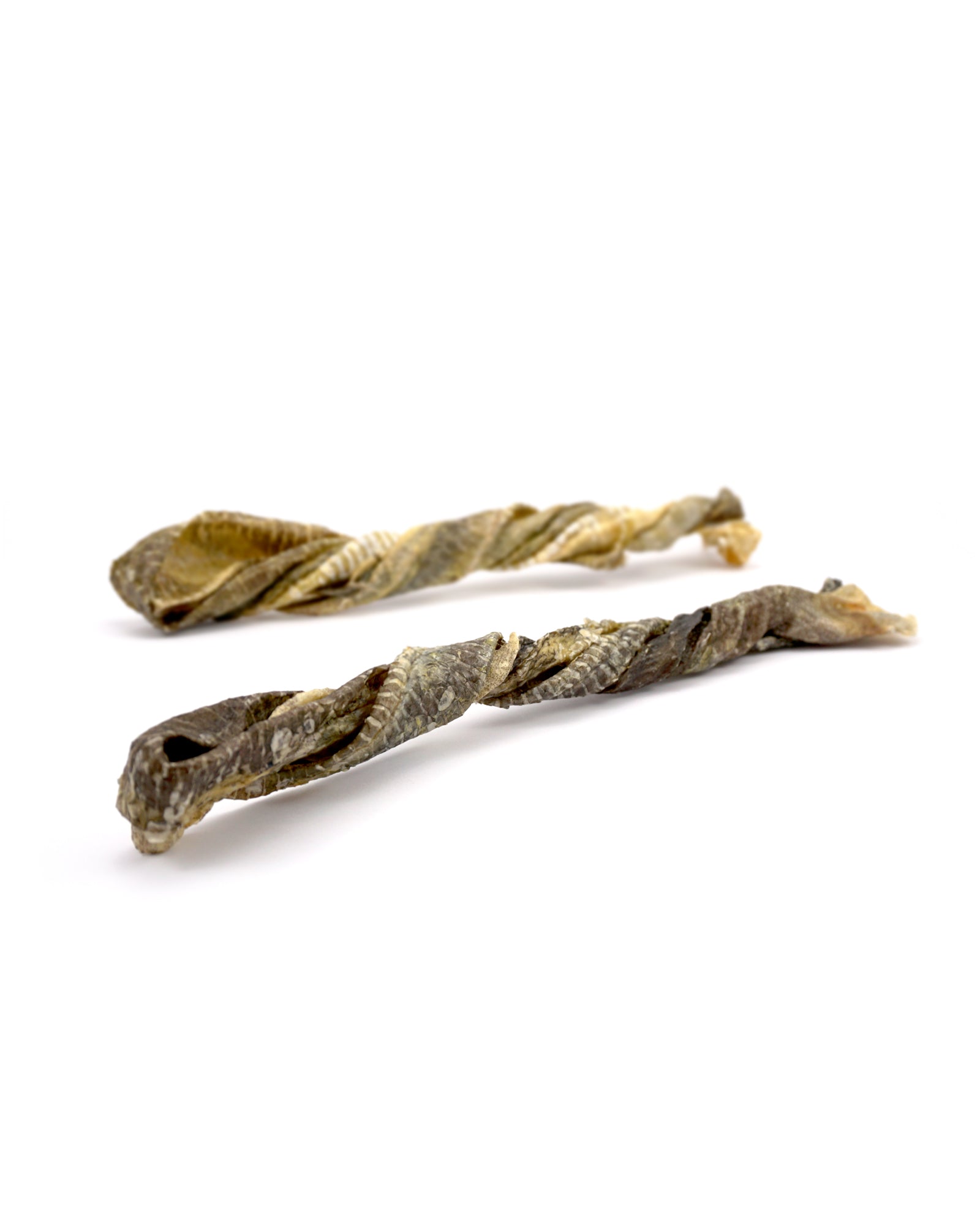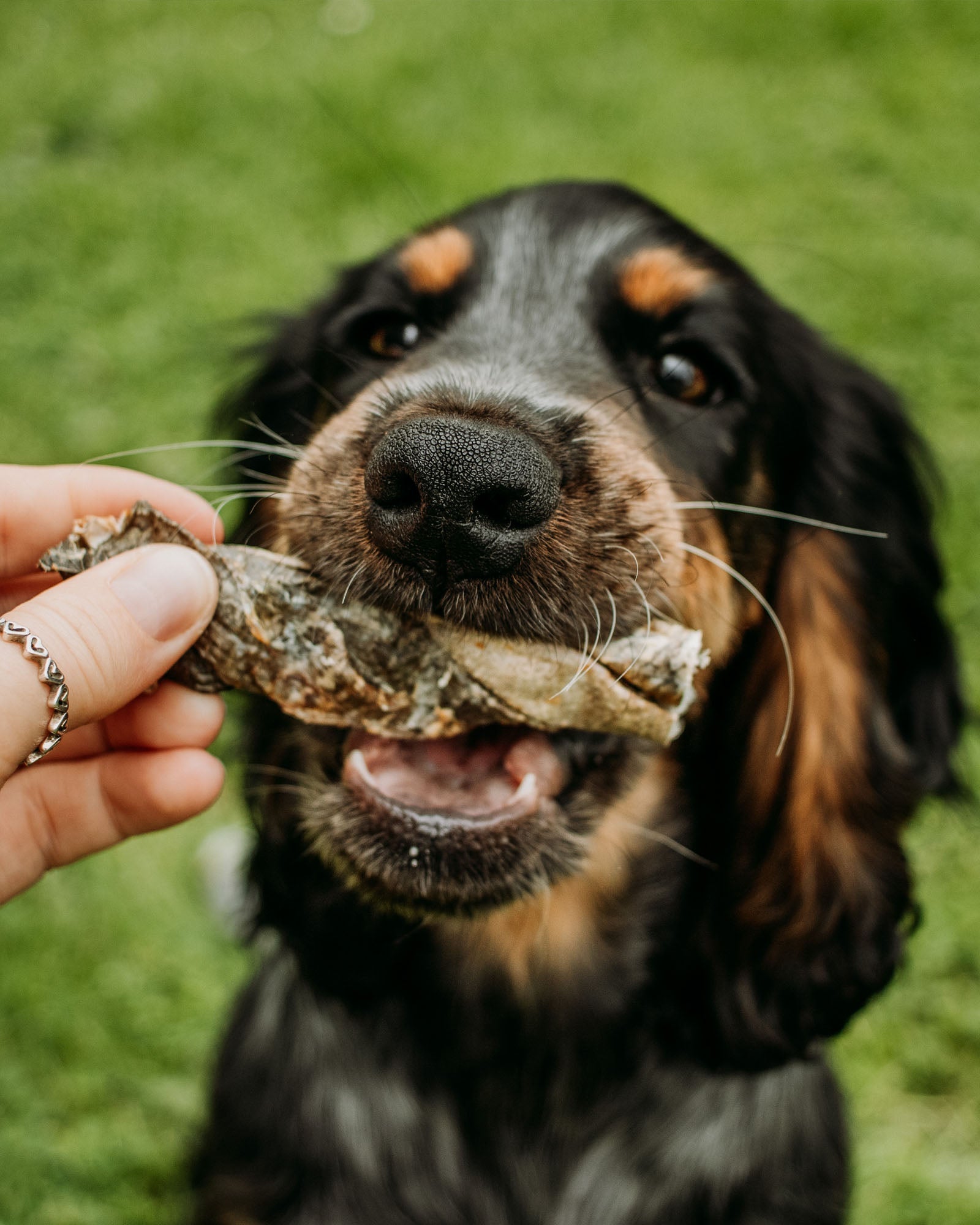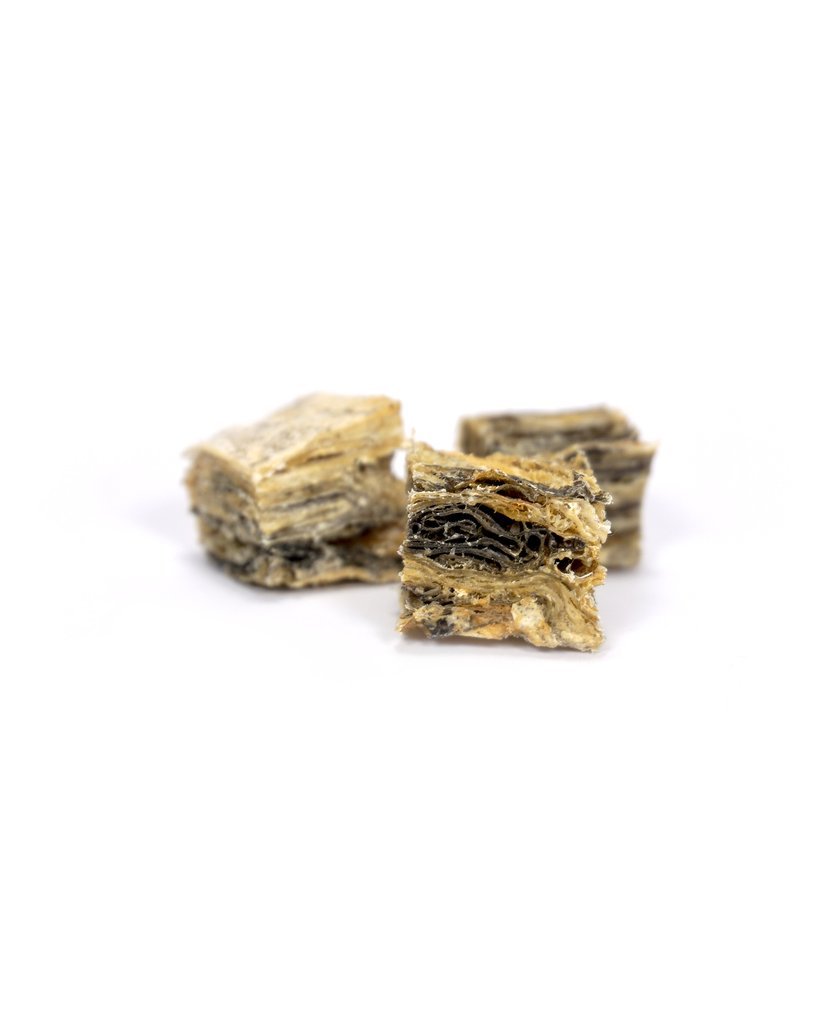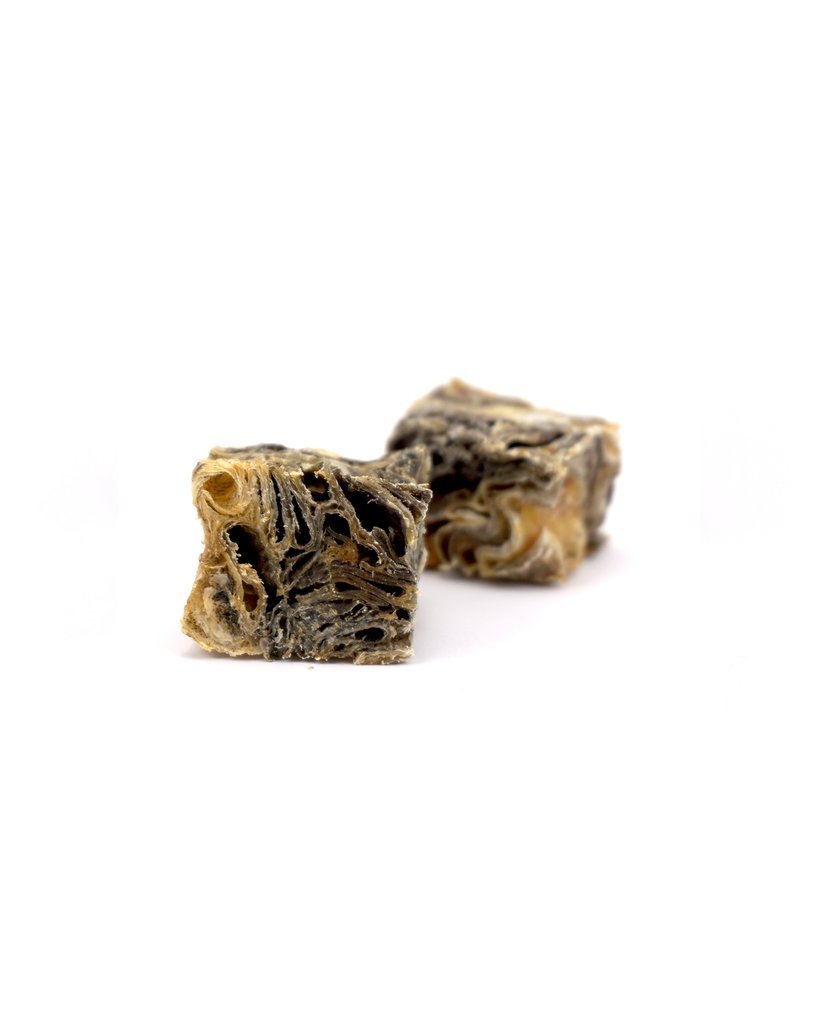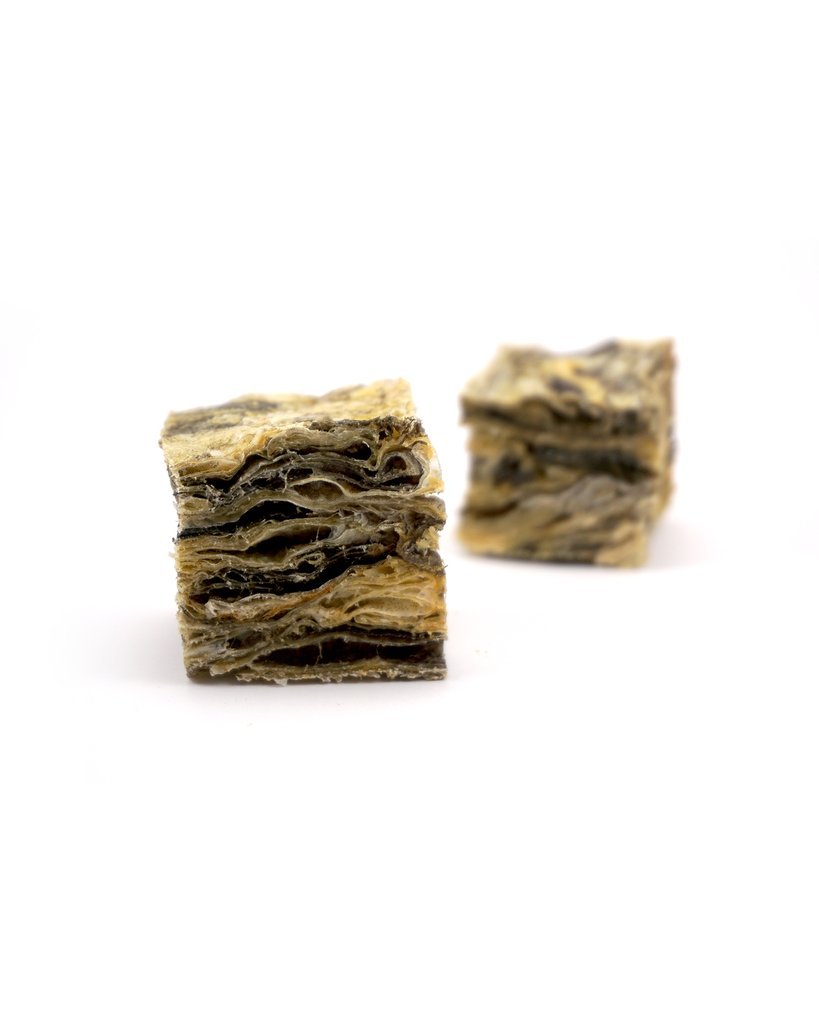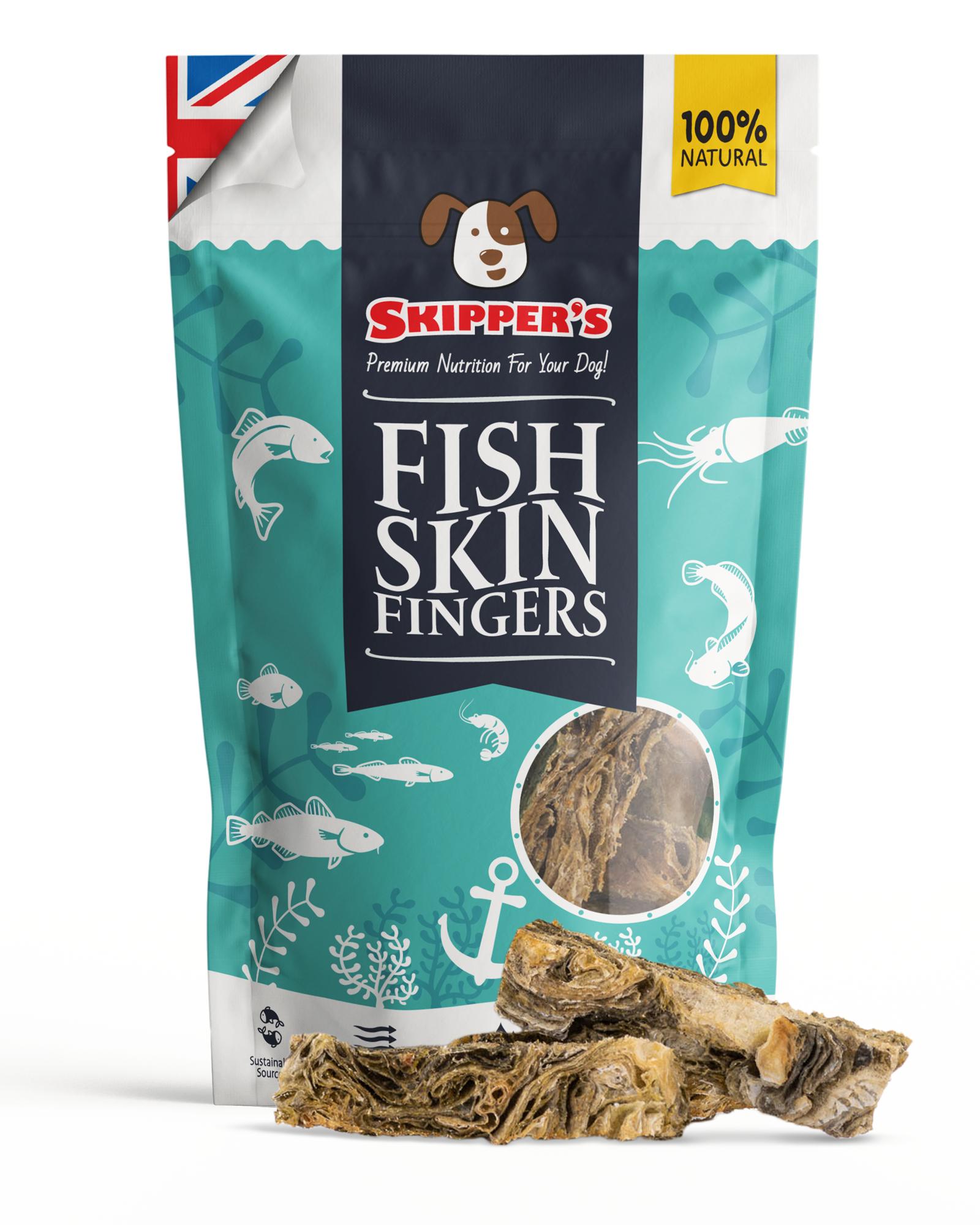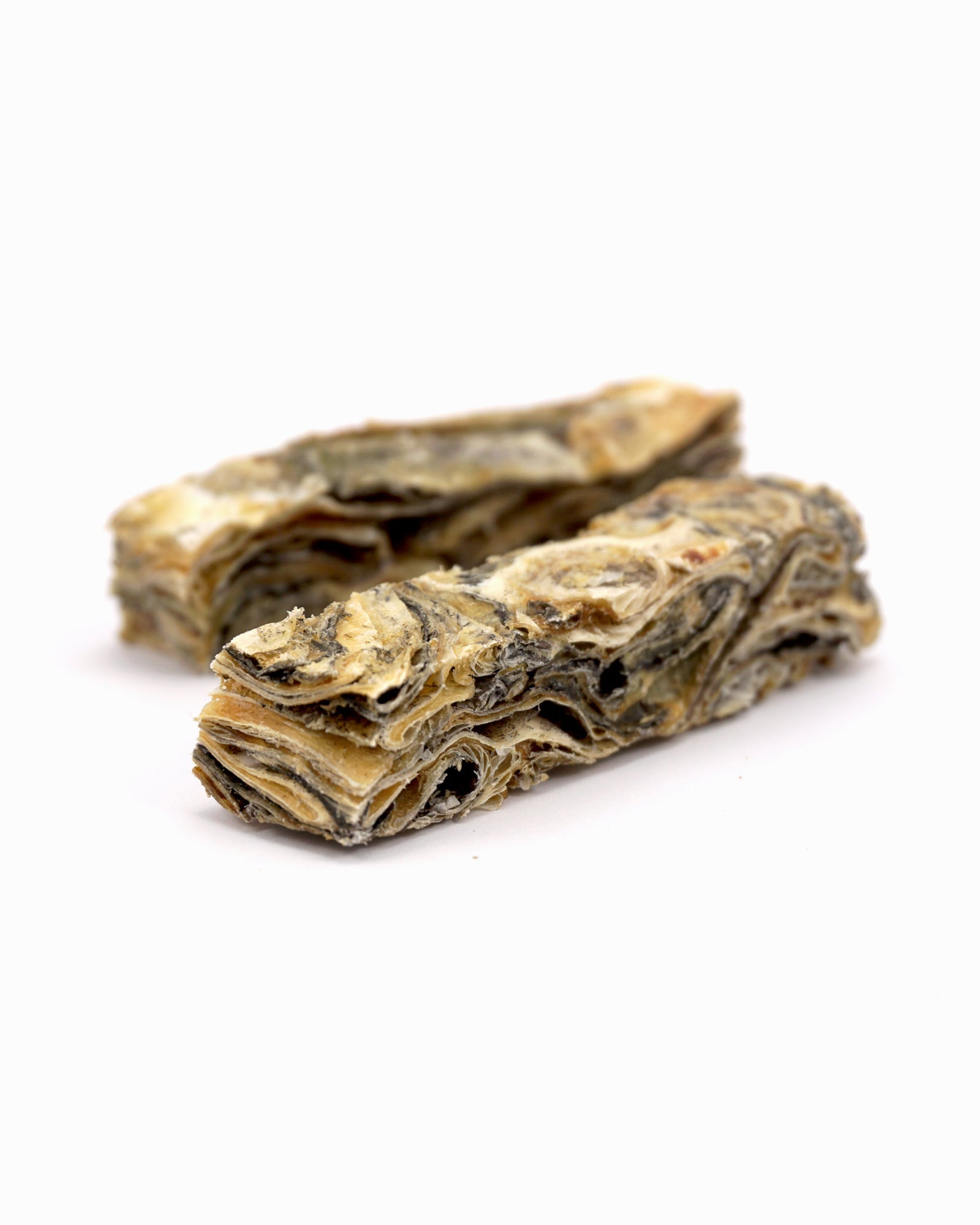Rotten Dog Teeth | How to Prevent Your Dog's Teeth Becoming Rotten

As any devoted pet owner knows, a dog's bright smile and healthy teeth are endearing and indicative of their overall well-being. Just like humans, dogs are susceptible to dental issues that can lead to discomfort, pain, and even more severe health problems if left unchecked. One of the dogs' most common dental problems is rotten teeth, which can result from poor oral hygiene. According to a study by RVC's VetCompass Programme, "One in every 8 dogs suffers from dental disease every year". However, the good news is that with some knowledge and proactive steps, you can ensure your furry friend's dental health remains in tip-top shape.
What do rotten dog teeth look like?
Rotten dog teeth can manifest in various ways, and understanding these visual cues is essential for your dog's well-being. Here are some specific signs and characteristics to watch for:

Tartar
Plaque on your dog's teeth will start to harden and turn into tartar within a few days, making it even more important to keep on top of your dog's dental health. Tartar buildup on your dog's teeth is a common indicator of dental issues and appears as a yellow or brownish layer accumulating on the tooth's surface, especially near the gumline. Tartar can trap bacteria and contribute to dental decay if not addressed promptly.
Discolouration
Healthy dog teeth should primarily be white. Discolouration, such as yellowing near the gums, dark spots or greyish patches on your dog's teeth, can be a sign of tooth decay. These discoloured areas may indicate the presence of bacteria or damage to your dog's enamel.
Cavities
Cavities are far less common in dogs than in humans. A study found that "5.3% of dogs had one or more caries lesions". According to Beverly Hills Veterinary Associates, a dog's pointy, smooth teeth reduce the "places for the bacteria to hide and cause cavities." An indicator that your dog has cavities is small holes or pits on the tooth's surface. These cavities can be painful and indicate that your dog's teeth may be rotten. Without treatment, these cavities can lead to more severe dental problems.
Gingivitis
Gingivitis is inflammation of the gums, which is caused by the bacteria from the tartar and plaque on your dog's teeth. According to a study of 22,333 dogs, 19.5% were recorded to have gingivitis. Signs that your dog may have Gingivitis are swollen gums, redness, bad breath, and bleeding along your dog's gum line. Gingivitis is reversible; however, if left untreated, it can progress to the early stages of periodontitis or more severe dental conditions.
Severe Periodontitis
In advanced cases of rotten dog teeth, severe periodontitis can occur. Periodontitis is considered irreversible. According to a study, 2,797 of 22,333 dogs were diagnosed with periodontal disease in 2016. Unfortunately, over 80% of dogs over 3 years of age have active periodontal disease. It is characterised by extensive gum recession, loose teeth, and pus around the gums. It can be extremely painful for your dog and may lead to tooth loss and systemic health problems if not addressed promptly.
Other signs of rotten dog teeth
Rotten dog teeth may exhibit visible dental issues and various behavioural and physical signs. You must be aware of these additional indicators to provide comprehensive care for your canine companion. Here are some other signs to watch for:

Excessive drooling
If your dog suddenly begins to drool more than usual, it could be a sign of dental problems. Rotten teeth or gum issues can cause discomfort and lead to increased salivation as your dog's body tries to alleviate the irritation.
Rubbing the face
If your dog is in pain or discomfort, they may rub their face against objects or surfaces as a way to alleviate the pain. If you notice your dog frequently rubbing their face against furniture, the floor, or other items, it might be a response to dental issues.
Bleeding from mouth
Bleeding from the mouth can be a concerning sign, indicating that your dog's dental health is compromised. This can occur due to gum disease or rotten teeth. If you see blood on your dog's toys, food, or around their mouth, it's essential to consult a veterinarian immediately.
Head shyness
Dogs that are usually comfortable with head petting or handling but become head-shy may be experiencing dental pain or discomfort. If your dog suddenly avoids or resists having their head touched, it may likely be a sign that something is amiss with their oral health.
Preventing your dog's teeth from becoming rotten
Preventing your dog's teeth from becoming rotten is crucial not only for their dental health but also for their overall well-being. Fortunately, you can utilise several effective strategies to maintain your dog's oral hygiene. Here are some key methods to help:

Brushing
Plaque on your dog's teeth will start to harden and turn into tartar within a few days, making it even more important to keep on top of your dog's dental health. Tartar build-up on your dog's teeth is a common indicator of dental issues and appears as a yellow or brownish layer accumulating on the tooth's surface, especially near the gum line. Tartar can trap bacteria and contribute to dental decay if not addressed promptly.
Dental Chews
Dental chews are designed to promote oral health whilst providing a tasty reward for your dog. These dog treats are often formulated to help reduce plaque and tartar build-up, therefore preventing the onset of dental problems. At Skipper's, we have a range of chews that will help clean your dog's teeth. PLUS, they're low in fat and only contain 100% fish!


Dental Toys
Chew toys designed to support dental health are another excellent preventive measure. These toys encourage your dog to chew, which can help remove plaque and strengthen their gums. Look for toys labelled as promoting dental hygiene, and ensure they are appropriate for your dog's size and chewing habits.
Professional dental cleaning
Professional dental cleanings by a veterinarian are essential if your dog has a lot of plaque and tartar buildup that can not be removed through brushing, chews and toys. These professional dental cleans can be costly and involve a thorough examination, scaling, and polishing to address existing dental issues and prevent future problems such as teeth removal.

Frequently Asked Questions
Are rotting teeth painful for dogs?
Yes, rotting teeth can be painful for your dog. If your dog's teeth begin to decay, it can lead to discomfort, pain, and even more severe dental issues. Signs of pain may include excessive drooling, rubbing the face against objects, changes in eating habits, and behavioural changes. If you suspect your dog has any dental issues, it's essential to consult with a veterinarian for a proper assessment and treatment.
How do I treat my dog's rotten teeth?
The treatment for your dog's rotten teeth depends on the severity of the dental issues. Mild cases may be managed with improved oral hygiene, such as regular brushing, dog dental chews, and dental toys. However, advanced cases may require professional dental cleaning, extractions, or other dental procedures. It's crucial to consult with a veterinarian who can evaluate your dog's specific needs and recommend an appropriate treatment plan.
Why isn't my dog letting me touch their face?
If your dog is suddenly avoiding or resisting having their face touched, it may be a sign of dental pain or discomfort. Dogs with dental issues often become head-shy as they associate facial contact with pain. It's essential to have your dog's oral health checked by a veterinarian if you notice this behaviour. Addressing any dental problems can help alleviate the discomfort and restore your dog's comfort with face-touching.


